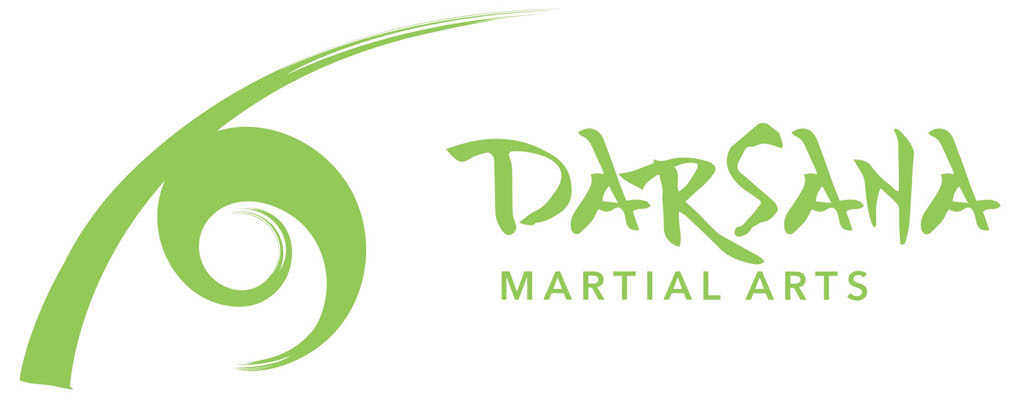You begin practice by setting your feet apart, directly under your shoulders, and parallel. You take a deep but gentle breath in, setting your posture as straight as you can from the top of your head to the center of your feet. Then you exhale and settle in, relaxing your arms by your sides. Now the internal work begins.
You start by focusing your attention on your breath – seeing that your inhale and exhale are even and smooth. You let go of any external concerns and allow yourself to be fully present, consuming your awareness in the task of feeling the subtle sensations of your inner body. Then you begin to breathe with your lower torso, relaxing your low abdomen, waist, and lower back, and allow the whole area to gently expand on your inhale and relax on your exhale.
Then you mentally extend an energetic thread from the center of your pelvic floor and straight up through the core of your torso, neck, head, and a few feet beyond, anchoring it into space above you. Now your entire body can begin to relax, remaining upright while suspended by this thread.
You begin by relaxing down through your scalp, and on through your neck and shoulders. This feeling of letting go is like warm water washing over and through your skin, muscles, and bones. You continue on, feeling the weight of your arms sink through your elbows, wrists, and fingertips. You soften your chest and upper back and all down through your ribs and spine, as the warm water of relaxation seeps into your inner torso, washing down and through, all the way to your hips and pelvis.
As you relax below your ribs, you softly bend your hips and knees to accommodate the lengthening of your torso. You guide your sinking energy down through the core of your legs, straight through the center of your hips, knees, and ankle joints. Finally, you sink down through the centers of your feet, directly midway between your heels and the balls of your feet.
As you feel your energy emptying into the earth, carrying all tension down with it, you turn your attention to the support of the floor beneath your feet, pressing upward. You allow this force to rise up through the centers of your feet and the core of your legs. You bring it to culminate at the center of your pelvis and extend up the central thread of your torso, all the way to the top of your head. You pause a moment, basking in the sensation of neutral, effortless balance in your body, as you hang supported from below, your energy simultaneously sinks and rises internally.
The entire process may have taken you two to three minutes – you plan to stand for thirty. As the minutes pass, you continue to bring relaxation and awareness to any points in your body that block the downward flow or supportive rise of your energy. Layer by layer you let go more and more, feeling simultaneously more grounded and increasingly weightless. Though you are outwardly still, your body is filled with a growing readiness for any and all possibilities.
You are centered.
The standing, meditative practice described above is Zhan Zhuang (translated as “standing post”), an important part of Taoist internal martial arts, but to someone just learning about this practice, it can seem strange and impractical. On the one hand, you may ask: how can standing in place for long periods of time help someone become better at fighting? On the other hand, one might ask: how can you meditate standing up? These are both very reasonable questions, and they lead to answers that strike at the heart of the Taoist philosophy and its applications to martial arts and life.
Taoist philosophy follows the Taiji principle: harmonization of opposites in order to maintain balance. Martially, this means that a Taoist does not try to oppose his opponent’s strength with his own. Rather, a Taoist focuses on maintaining his own center, and adjusts to his opponent’s force accordingly. For example, if my opponent pulls me by my wrist, I won’t pull back in the opposite direction, but instead I will follow the direction of his pull while maintaining my balance and then change the direction of his force to my advantage. In this way, I add his strength to mine and apply my strength where he is weak. If he pushes against my chest, I don’t push back; instead I turn, and allow his force to fall past me. As he loses balance, I touch him on the back and send him tumbling away. Neither of these responses would be possible if I was not centered. By remaining at the most neutral point of balance in my body, and being willing to yield to force and staying unbiased in my actions, I am able to adjust to the changes my opponent tries to impose upon me. By changing with him while staying centered, I cause him to unbalance himself. Then victory is easy to achieve. If I do not stand post, how will I know my center? If I do not know my center, how can I adjust to change?

